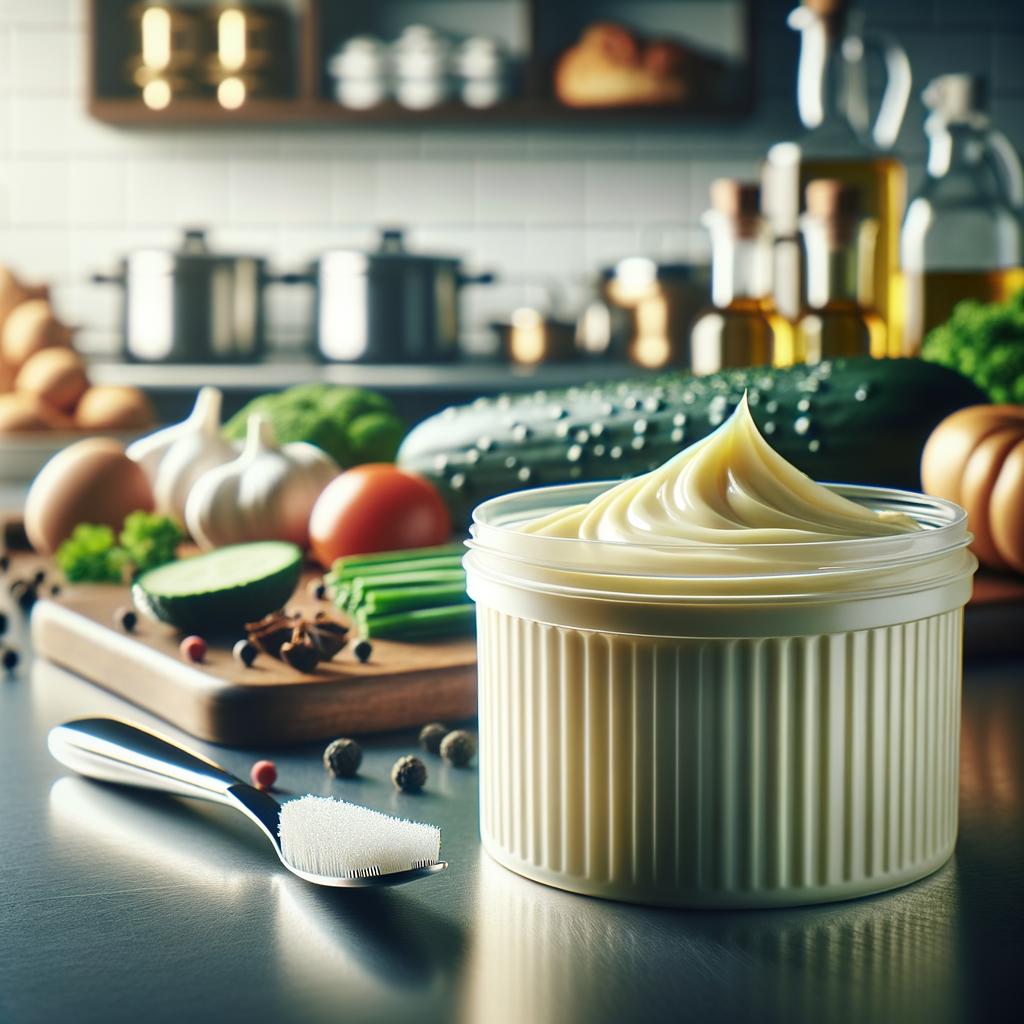Vegetable Shortening

Description
Vegetable shortening, a staple in many kitchens, is a solid fat derived from plant oils that has been hydrogenated to give it a solid form. It has a smooth, creamy texture and is white in color, often resembling a block of hard butter. The flavor of vegetable shortening is quite neutral, making it a versatile ingredient that doesn't overpower the flavors of the dishes it's used in. Its unique characteristic is its high smoke point and ability to retain its structure at higher temperatures, setting it apart from similar ingredients like butter or lard.
Primary Uses
Vegetable shortening is primarily used in baking, where it imparts a flaky texture to pastries, pie crusts, and biscuits. It's also used in frying due to its high smoke point, making it ideal for creating crispy, golden-brown exteriors. Vegetable shortening is a key component in a wide range of cuisines, from the flaky crusts of American pies to the light, airy textures of French pastries. While its primary use is culinary, vegetable shortening also has non-culinary uses such as greasing pans and even in candle-making.
History
The history of vegetable shortening is quite fascinating. It was first introduced in the early 20th century as a cheaper and longer-lasting alternative to animal fats. The process of hydrogenation, which gives vegetable shortening its solid form, was a revolutionary invention that transformed the food industry. The popularity of vegetable shortening soared during World War II, when butter was rationed and households were looking for alternatives. Over time, however, its use has declined due to health concerns related to trans fats. Despite this, vegetable shortening remains a beloved ingredient in many traditional recipes.
Nutritional Information
Vegetable shortening is high in calories and fat, particularly saturated and trans fats, which have been linked to heart disease. However, newer versions of vegetable shortening have been developed that are trans-fat-free, making them a healthier option. Despite its high fat content, vegetable shortening does not contain cholesterol, making it a suitable option for those managing their cholesterol intake. Compared to similar ingredients like butter, vegetable shortening has a higher smoke point and contains less water, which can result in lighter, flakier baked goods. However, it lacks the vitamins and minerals found in butter. As with all fats, moderation is key when using vegetable shortening.

